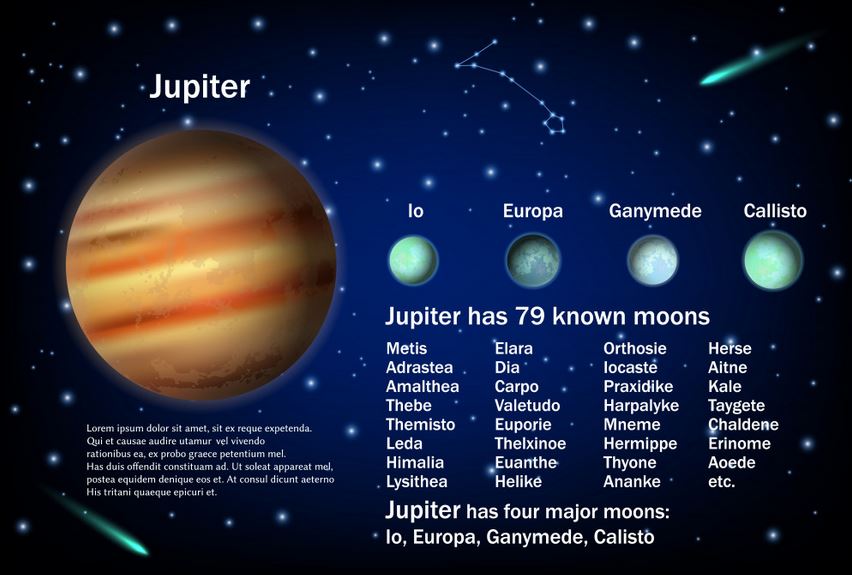Why in the News?
Recently, the SC revoked the notification given by the Environment Ministry to exempt the extraction of ordinary earth for linear projects, such as road and railway construction.
- It was challenged before the National Green Tribunal (NGT), which asked the Ministry to review it within three months. However, the Ministry did not take any action, leading the matter to reach the SC.
What are the linear projects?Linear projects refer to Construction or Development Projects. It includes the construction of linear structures like utility lines, pipelines, railroad tracks, highways, stormwater channels, and stream restoration activities. |
What was the 2020 exemption?
- September 2006: The Environment Ministry issued a notification under the Environment (Protection) Act, 1986, on activities that would require prior Environmental Clearance.
- January 2016: A second notification was issued, exempting certain categories of projects from this requirement.
- March 2020: It added “Extraction or sourcing or borrowing of ordinary earth for the linear projects such as roads, pipelines, etc” to the list of exempted activities.
- The general purpose of the 2020 notification was to conform to the amendments made to the Mines and Minerals (Development and Regulation) Act, 1957, in March 2020, allowing new lessees to continue mining for two years with the statutory clearances and licenses issued to their predecessors.
Nexus between the Judiciary and the Union Government (Ground for Challenges)
-
- Judicial stand: The SC invalidated the broad and random exception, highlighting that the announcement was rushed during the COVID-19 lockdown without seeking feedback or objections through prior notification.
- The exemption granted without incorporating safeguards was deemed arbitrary and violative of Article 14 of the Constitution.
- The court emphasized that the absence of safeguards defeats the purpose of the Environment Protection Act (EP Act).
- An argument by the center: The Center contended that the exemption was essential “to benefit the general public” and would support “the kumhars (potters), farmers, gram panchayats, banjaras, roads of Gujarat,” and all non-mining activities recognized by the states.
- However, the Apex court stated that the Centre had failed to provide reasons for concluding that the notification was issued in the public interest.
Similar Judicial Scrutiny in the Past:
|
Conclusion: The Supreme Court invalidated the Environment Ministry’s exemption for earth extraction in linear projects due to a lack of justification and safeguards, emphasizing compliance with Environmental Clearance to minimize environmental harm, safeguarding the Environment Protection Act’s purpose.
Mains PYQ
Q How does the draft EnvironmentImpact Assessment(EIA)Notification, 2020 differ from the existing EIA Notification, 2006? (UPSC IAS/2020)













